Rarely found in furniture factories, maple wood is a material used by skilled carpenters to make unique pieces of furniture or decorative objects. One important use is as resonance wood for making violins or violas. It is believed to have been used by famous lut luthiers for their lovely sounding violins. But there are controversies here, which I'll tell you about in a moment. But first, a bit about maple wood, the characteristics of the tree and the areas where it grows, its main uses and other useful information.
Maple, plane tree, field paltin
are the names under which you find the same species, namely Acer Platanoides. The Latin name is the safest way to look for information on any wood species so as not to confuse people. This is the advice I received some time ago from Mr. Grigore Mitrea, a reader of our magazine, for which I thank him once again. It was very useful and we were thus able to avoid a lot of confusion.
If you want information about maple from the English-language literature, you can find it under the name "norway maple". A search for maple - maple in English - will lead you to similar maple species that are not specific to our country, species from the USA or Canada, or to paltin.
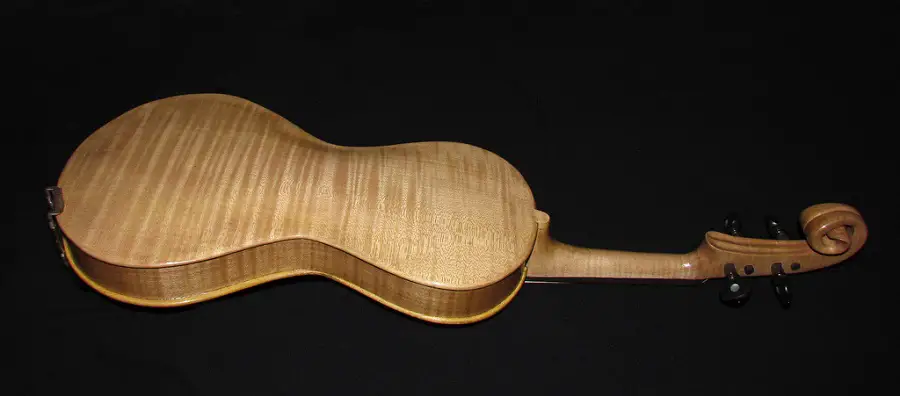
Growing area and tree characteristics
Acer Platanoides can be found in most of Europe and eastern Asia. It is widespread from eastern France to Russia, all over the Scandinavian peninsula and from southern to northern Iran. In the 18th century it was also taken to the USA. The rich crown was highly prized for its rich shade. Being a rather fast growing and shallow rooted species it was considered invasive (as it is considered in our acaciaIn the mid-20th century it was a very good substitute for elm, affected at that time by a specific disease.
Maple grows to 25-30 m tall and reaches diameters of 1-1.5 m. It has characteristic glossy leaves, split into 5 long, pointed lobes. The leaf has become the symbol of Canada and is the one we see on the Canadian flag.
It grows in the plains and in the hills, reaching up to 1000 m altitude. It grows rapidly when young, slowing with age. If left, it can live up to 200 years. It is a frost- and drought-hardy, decorative tree, used extensively as a shade tree, or on roadsides or in parks.
It is also called the "tree of 1000 virtues" and is used in folk medicine for various conditions such as diabetes (the sap is made into a syrup that can be used as a sweetener), as an anti-inflammatory or anticoagulant.
Characteristics of maple wood
Unlike most hardwood species, maple is mainly sapwood. In cross-section through the tree the sapwood is located on the outside and ranges in color from almost white to light golden or light reddish brown. The heartwood is inward, dark reddish brown in color.
The pores are conspicuous, medium-sized and evenly distributed in the annual ring. The annual rings are also visible and well outlined. The fiber is straight with a fine, uniform structure and a pleasant sheen. The wood at the bottom of the trunk may have wavy grain. Another 'defect' may also be a mottled grain with small, dense knots.
It is a wood with an average density between 560 and 650 kg/m³. It is not very resistant to decay and is therefore not recommended for outdoor use. It darkens slightly in the presence of moisture. It has no odor, but working with it for long periods can cause irritation, allergies or respiratory problems.
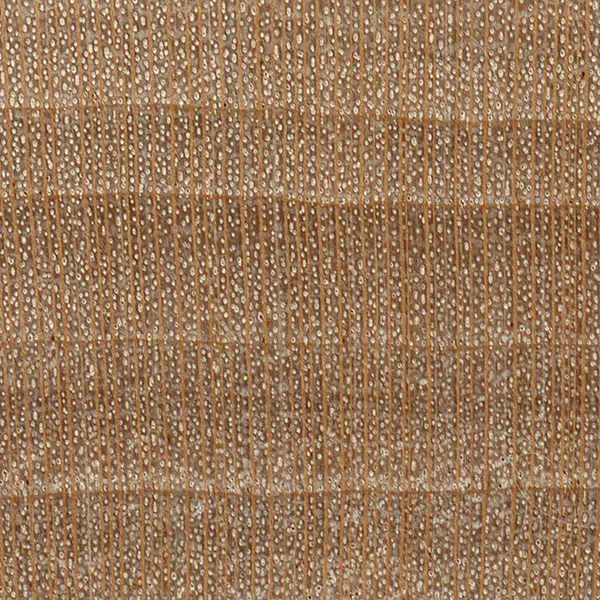
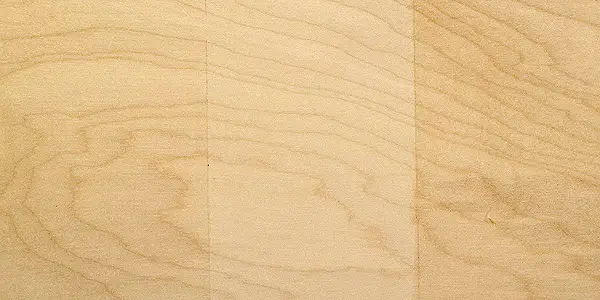
Processing
Maple wood is easy to work both manually and mechanically. With machines, however, it has to be worked carefully because it tends to burn when the rotation speed of the tools is very high.
It is very well processed by turning and is a very good material for making bowls, vases or other decorative objects obtained on a lathe.
But it must be cut carefully as it tends to crack and warp. The use of nails and screws for joints must be done carefully as wood can easily crack.
It bonds and finishes well with no incompatibilities. However, it is possible to stain when staining and therefore it is recommended to use insulators before application coloring solutions.

Uses of maple wood
It is used to obtain furnishingspaper, decorative boxesfurniture, musical instruments or floors.
For furniture, it is used more by craftsmen, by those carpenters who manage to turn a piece of wood into a special piece of furniture. In factories, it's rarely used because of its tendency to crack during assembly.
The beautiful fiber makes it a very good choice for decorative boxes, bowls, platters and wooden cutlery used in the kitchen, or other decorative objects. The oil finish brings out the beauty and fineness of the fiber.
Dried maple wood is strong, which is why it's used for flooring and even bowling alleys.
It is also good as firewood as it can be easily split and has a medium calorific value.
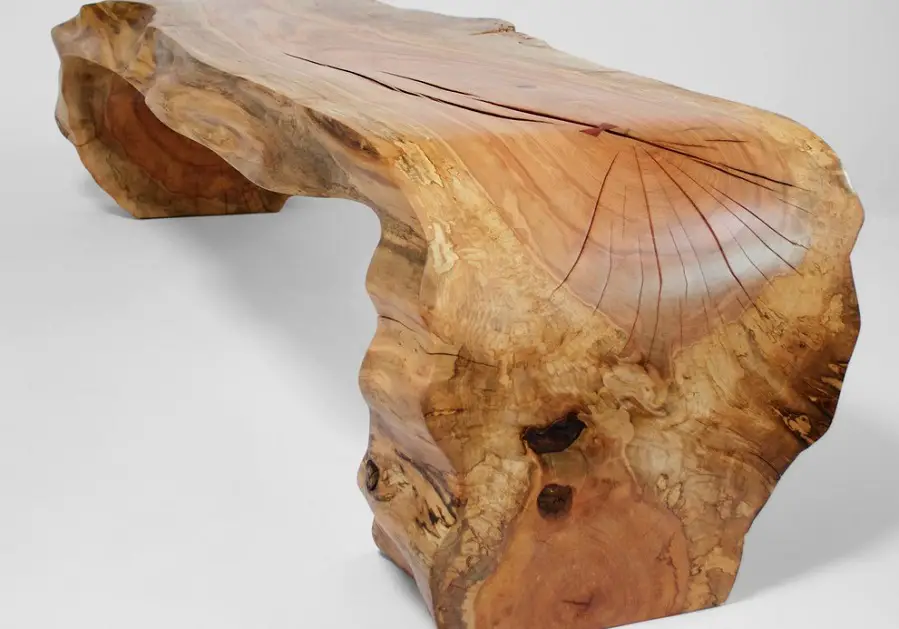
The wood of violins
One of the uses that highlight its special structure is in the manufacture of musical instruments. Maple is resonance wood and is used to make the back of violins, violas and other such stringed instruments. The wood used is the wood from the lower trunks of trees over 100 years old.
Many Stradivarius and other famous violins are believed to be made from maple wood. In Europe, the best resonance wood is found in the forests of Tyrol, the north of the former Yugoslavia or in Switzerland. This is apparently where the famous Gagliano violins were made. Alessandro Gagliano, the head of the Gagliano family and founder of the Neapolitan school of violin makers, was a pupil of Niccolo Amati and Antonio Stradivari in Cremona. He then returned home to Naples and founded the school of luthiers. The labels of his products were always labeled, in addition to the year of manufacture: Alexandri (or Alessandro) Gagliano, alumnus Antonio Stradivarius - Alessandro Galiano, pupil of Antonio Stradivari.
But this is a more nuanced discussion. Wikipedia if other sources say that the maple wood in the above areas is Acer platanoides. But there is producers of musical instruments in the area or resonance wood suppliers which states that the wood is Acer pseudoplatanus, which is in fact a paltin (mountain paltin, in our country). But as I haven't found any sources that say for sure that it is maple or rosewood, nor some that contradict one claim or the other, I prefer to believe that those wonderful violins have maple back. And their wonderful sound is also due to this discreet wood.
I hope I have come up with something new for you this time. If you find it interesting for others, feel free to share. If you have any questions or comments, you can leave them below in the dedicated space.
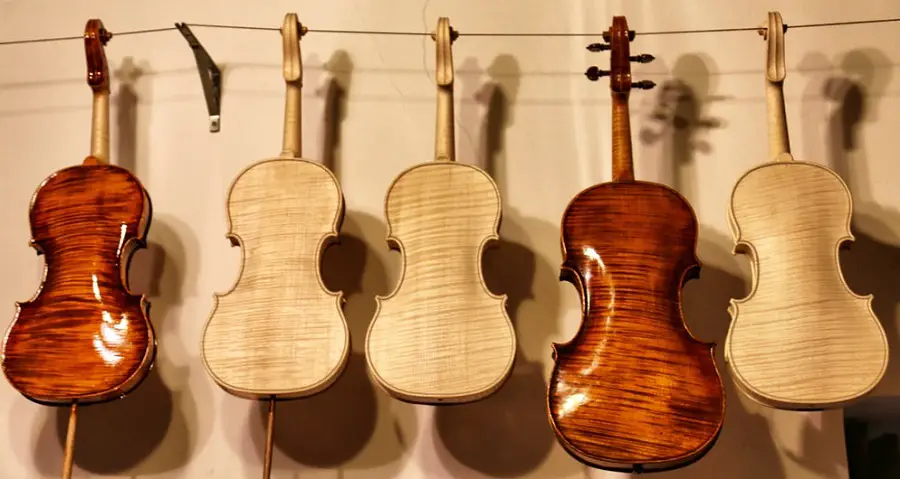

































A beautifully written and interesting article, congratulations.
Thank you!
Competent, explicit, understandable as usual, I think I will become addicted to your articles.
Thank you!